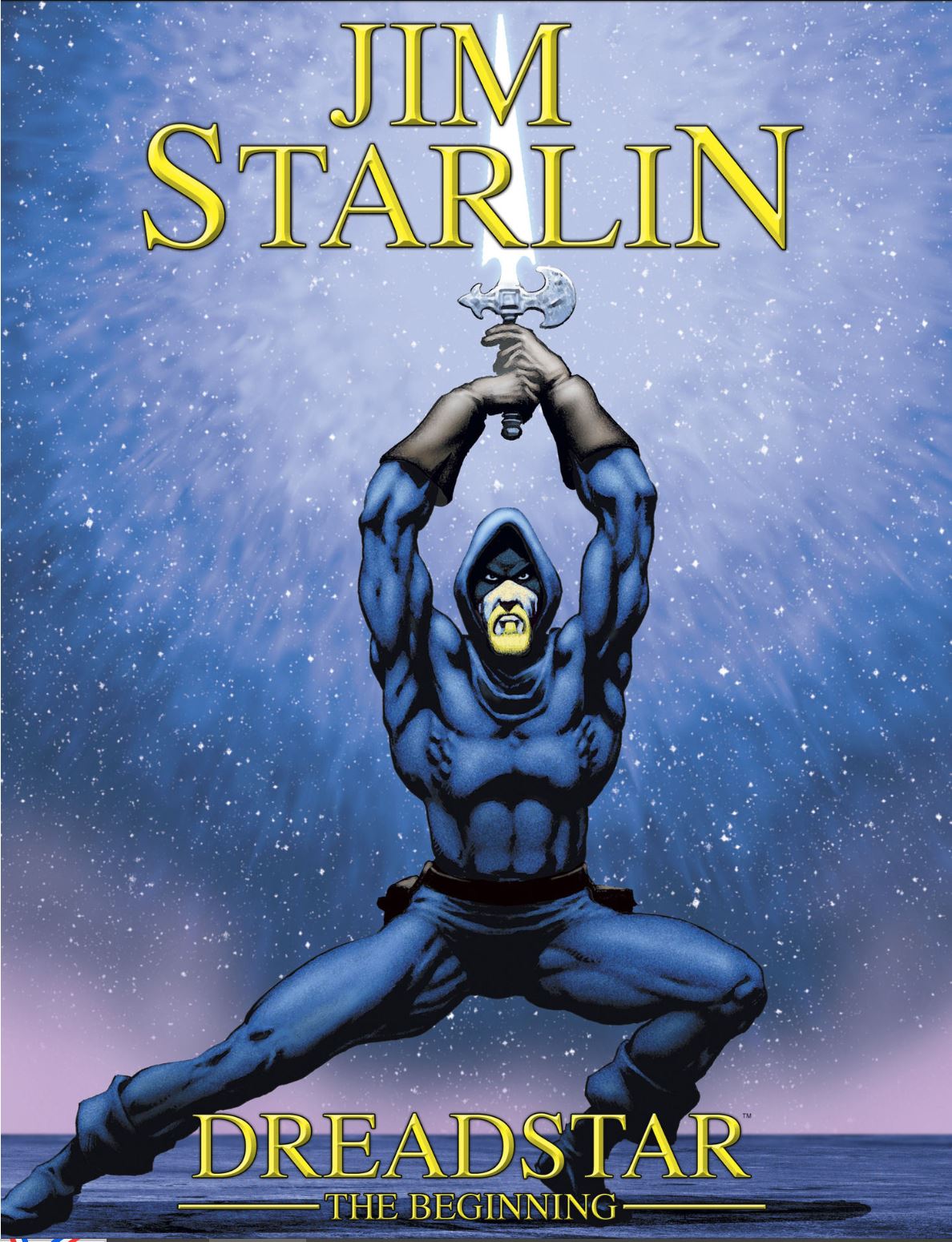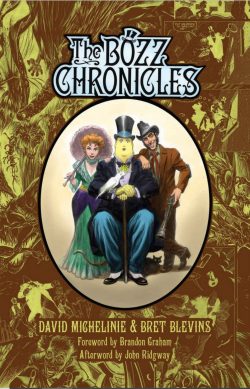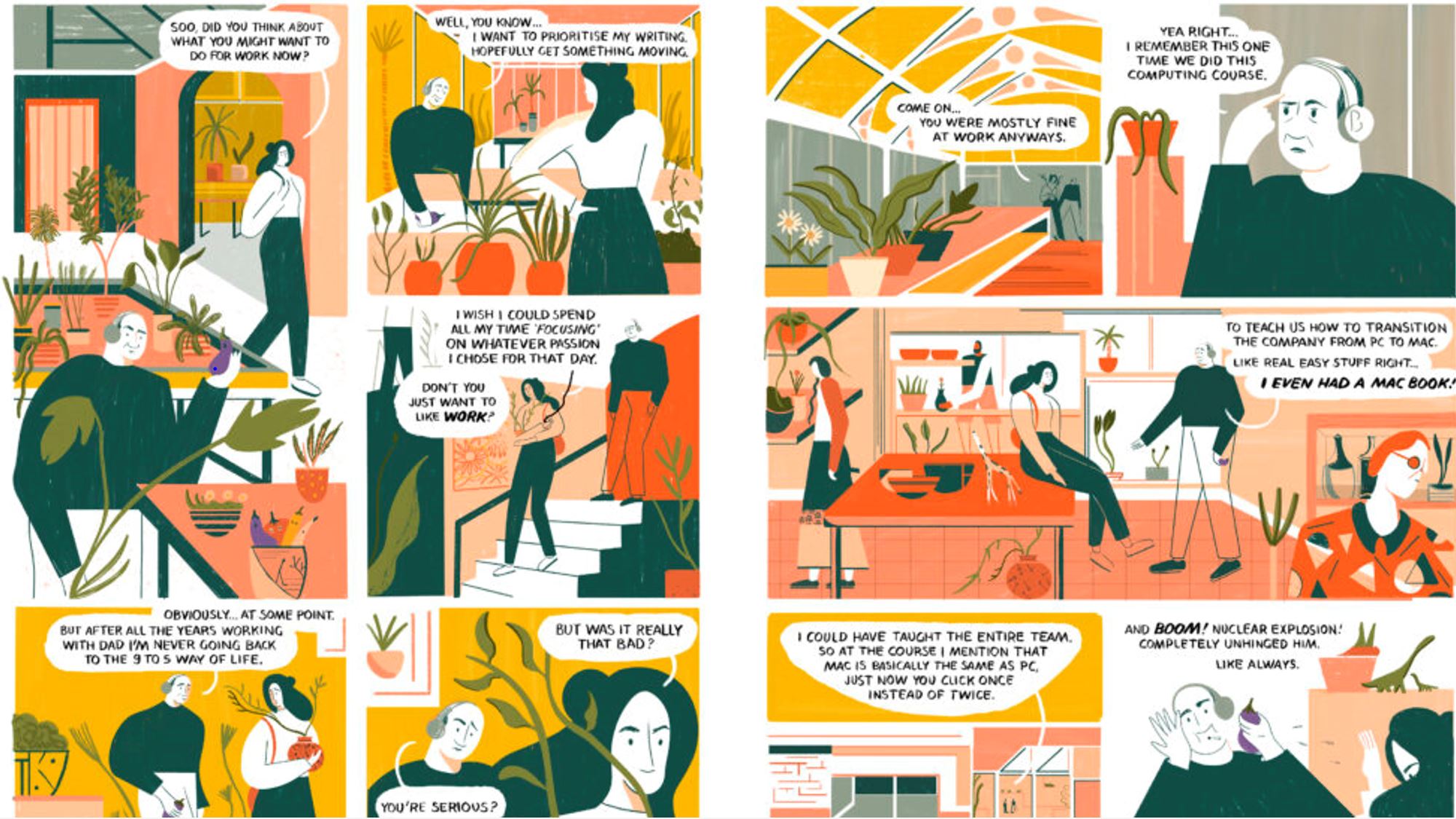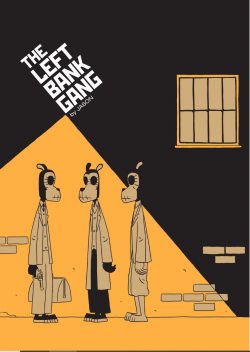

By William Vance & Jean Van Hamme, coloured by Petra (Cinebook)
ISBN: 978-1-8491-8051-1 (Album PB/Digital Tears of Hell) 978-1-84918-058-0 (Album PB/Digital SPADS)
One of the most consistently entertaining and popular adventure serials in Europe, XIII was created by writer Jean Van Hamme (Wayne Shelton, Blake and Mortimer, Lady S.) and artist William Vance while working on numerous strips like Bruce J. Hawker, Marshal Blueberry, Ramiro, Bob Morane and more.
Born in Brussels in 1939 Van Hamme is one of the most prolific writers in comics. After academically pursuing business studies he moved into journalism and marketing before selling his first graphic tale in 1968.
Immediately clicking with the public, by 1976 he had also branched out into novels and screenwriting. His big break was the monumentally successful fantasy series Thorgal for Le Journal de Tintin magazine. He then cemented his reputation with mass-market bestsellers Largo Winch and XIII as well as more cerebral fare such as Chninkel and Les maîtres de l’orge. Van Hamme has been listed as the second-best selling comics author in France, ranked beside the seemingly unassailable Hergé and Uderzo.
Born in Anderlecht, William Vance was the comics nom de plume of William van Cutsem, (September 8th 1935 – May 14th 2018). After military service in 1955-1956 he studied art at the Académie Royale des Beaux-Arts and promptly became an illustrator of biographic features for Le Journal de Tintin in 1962. His art is a classical blend of meticulous realism, scrupulous detail and spectacular yet understated action. In 1964 he began maritime serial Howard Flynn (written by Yves Duval) before graduating to more popular genre work with western Ray Ringo and espionage thriller Bruno Brazil (scripted by Greg).
Further success followed when he replaced Gérald Forton on science fiction classic Bob Morane in Femmes d’Aujourd’hui, (and later Pilote and Le Journal de Tintin).
Constantly working on both serials and stand-alone stories, Vance’s most acclaimed work was his collaboration with fellow Belgian Van Hamme on a contemporary thriller based on Robert Ludlum’s novel The Bourne Identity…
XIII debuted in 1984, originally running – to great acclaim – in prestigious comics anthology Le Journal de Spirou. A triad of albums were rushed out – simultaneously printed in French and Dutch editions – before the first year of serialisation ended.
The series was a monumental hit in Europe – although publishing house Dargaud were initially a little slow to catch on – but has fared less well in its many attempts to make the translation jump to English, with Catalan Communications, Alias Comics and even Marvel all failing to maximise the potential of the gritty mystery thriller. That all changed when Cinebook took over. To date the original series and most spin-offs have seen print…
The grand conspiracy saga of unrelenting mood, mystery and mayhem opened in The Day of the Black Sun when an old beachcomber found a body. The human flotsam had a gunshot head wound and was near death when Abe and his wife Sally found him. She discovered a key sewn into his clothes and the Roman numerals for thirteen tattooed on his neck. The remote hideaway offered little in the way of emergency services, but their alcoholic, struck-off surgeon friend managed to save the stranger…
As he recuperated, a complication became apparent. The patient – a splendid physical specimen clearly no stranger to action or violence – had suffered massive, irreversible brain trauma. Although increasingly sound in body he had completely lost his past. Language, muscle memories, even social and reflexive conditioning all remained, but every detail of his life-history was gone…
They named him Alan after their own dead son – but hints of the intruder’s lost past explosively intruded when hitmen attacked the beach house with guns blazing. Alan lethally retaliated with terrifying skill, but too late. In the aftermath he found a photo of himself and a young woman on the killers and traced it to nearby Eastown. Desperate for answers and certain more killers were coming, the human question mark headed off into unimaginable danger to hopefully find the answers he craved.
The picture led to a local newspaper and a crooked cop who recognised the amnesiac but said nothing. The woman in the photo was Kim Rowland, a local widow recently gone missing. Alan’s key opened the door of her house. The place had been ransacked but a thorough search utilising his mysterious talents turned up another key and a note warning someone named Jake that “The Mongoose” had found her…
Alan was ambushed by the cop and newspaper editor Wayne. Calling him “Shelton”, they demanded the return of a large amount of missing money…
Alan/Jake/Shelton reasoned the new key fitted a safe-deposit box and bluffed the thugs into taking him to the biggest bank in town. Staff there called him Shelton, but when his captors examined the briefcase in Shelton’s box, a booby trap detonated. Instantly acting, the mystery man expertly escaped and eluded capture, holing up in a shabby hotel room, pondering again what kind of man he used to be…
Preparing to leave, he stumbled into a mob of armed killers and in a blur of lethal action escaped, running into more heavies led by a Colonel Amos. This chilling executive referred to his captive as “Thirteen”, claiming to have dealt with his predecessors XI and XII in regard to the “Black Sun” case…
Amos very much wanted to know who Alan was, and offered shocking titbits in return. The most sensational was film of the recent assassination of American President, William B Sheridan, clearly showing XIII was the lone gunman…
Despite the amnesiac’s heartfelt conviction that he was no assassin, Amos accused him of working for a criminal mastermind, and wanted that big boss. The interrogator failed to take Alan’s instinctive abilities into account and was astounded when his prisoner leapt out of a fourth floor window…
The fugitive headed back to Abe’s beach, but more murderers awaited; led by a mild-seeming man Alan inexplicably knew was The Mongoose. The criminal overlord expressed surprise and admiration: he thought he’d killed Thirteen months ago…
Following an explosion of hyper-fast violence leaving the henchmen dead and Mongoose vanished but vengeful, Alan regretfully hopped a freight train west towards the next stage in his quest for truth.
His journey of discovery took him to the army base where Kim Rowland’s husband was stationed, where enquiries provoked an unexpected and violent response resulting in his interrogation by General Ben Carrington and his sexily capable aide Lieutenant Jones.
They’re from the Joint Chiefs of Staff, know an awful lot about black ops units and have proof their memory-challenged prisoner is in fact their agent: believed-deceased Captain Steve Rowland…
After testing the amnesiac’s abilities Carrington drops him off in Rowland’s home town of Southberg to pursue his search for his missing wife, but the prodigal’s return to his rat’s nest of a family rekindles long-simmering passions and jealousies. The entire town seems to want Rowland’s blood and before long he’s the target of an assassination attempt and victim of a diabolical murder-plot. Despite Carrington and Jones’ last-minute intervention Alan/Steve is framed for murdering his father, and grabbed by a furious posse.
Gripping third instalment All the Tears of Hell (originally 1986 European album Toutes Les larmes de l’enfer) opens with Steve Rowland undergoing the worst kind of psychiatric care at the Plain Rock Penitentiary for the Criminally Insane. Despite drugs and shock treatments, his progress at the Maximum Security Facility is negligible. Young Dr. Ralph Berger seems amenable enough but elderly martinet Dr. Johansson’s claims of seeking a cure for his amnesia are clearly no more than a proselytising, judgemental sadist’s justifications for inflicting pain.
Meanwhile in Washington DC, Carrington and Jones have met with Colonel Amos who has a strange request and troubling new information. His investigations have revealed that the amnesiac in the desert hell of Plain Rock has undergone plastic surgery and his army records have been altered. Steve Rowland is definitely not Steve Rowland…
Moreover, Amos has information proving that the plotters who had the President killed are still active and their amnesiac assassin is the only link and hope of finding them. Acting on her own initiative, Jones decides it’s time she took a hands-on approach to the problem…
Meanwhile, anxious and isolated Not-Rowland has a visitor who galvanises him out of his electro-chemically induced fugue-state. The Mongoose gloatingly informs the prisoner that his days are numbered…
Deep within the corridors of power, Colonel Amos informs Carrington his investigations have resulted in a name. He has solved the mystery of XIII and the man they are actually dealing with is former soldier and intelligence operative Ross Tanner.
Probably.
Knowing time is limited, Rowland/Tanner opts for escape and decides to take along the kid who shares his cell. It’s as if he’s forgotten they’re in a maximum security facility for criminal maniacs, but he’s painfully reminded of the fact when sweet little Billy starts killing again as soon as they’re clear of the detention wing…
Recaptured and restricted to the medical section, XIII is helpless when the Mongoose’s inside man makes a move. Luckily, Jones has also inserted herself in a position where she can do the most good…
Spectacularly busting out of the prison, “Rowland” and the mystery-woman race into the desert, somehow avoiding a massive manhunt before vanishing without trace. Later Amos and Carrington confer over the disappearance, but one already knows exactly where the fugitive is. Now, with another new name, the warrior without a past and his new powerful allies lay plans to take the fight to their secret enemy…
To Be Continued…
XIII: SPADS
First released in Europe in 1987, SPADS is the fourth complex and convoluted chapter in the saga, opening with a more concise visual recap than I’ve just given, before kicking the plot into high gear as the race to replace murdered President Sheridan hots up. The contenders are Old Boy Network hack and former Vice President Joseph Galbrain battling Sheridan’s glamorous and idealistic younger brother Walter: latest scion of a venerable dynasty of leaders…
Amos’ diligent investigation is relentless. After exhuming many bodies, he can confidently claim to know who Tanner really is, but when the search leads him into a trap that kills his assistant and incapacitates him, he starts to wonder if he’s tracking a target or being led onto a bullseye…
Elsewhere, in a green hell of sweat and testosterone, Ross Tanner is making no friends as he trains to join elite combat unit SPADS (Special Assault and Destruction Squads). He doesn’t fit in and is always causing trouble. It’s as if he’s there under false pretences…
When Amos and Judge Allenby confront Carrington at the Pentagon with news that Tanner is also an alias for an as yet unknown operative, the reaction is explosive. Soon after, special aide Lieutenant Jones goes AWOL…
Back in the Bayou, the man everybody is hunting has made a fresh advance into uncovering his occluded past. Sergeant Betty served with the real Rowland and knows he didn’t die at the time and in the manner official reports describe. Before she shares the details, however, she has an itch that needs scratching…
That cosy conversation is curtailed by camp commander Colonel McCall, who tells the undercover operative that he’s being transferred out in the morning by direct order of General Carrington. With his chance to solve his personal mystery evaporating, XIII settles a few outstanding scores before sneaking into Betty’s quarters…
Amos and Allenby meanwhile have not been idle, and the former is certain he has at last gleaned the actual identity of multi-named XIII, but when they visit a certain grave they walk into another ambush and a well-placed mole is forced to break cover…
As Amos is plucked from the firefight by the last person he expected to see, a continent away Tanner’s liaison gets even more dangerous when another Mongoose mole interrupts, trying to kill them both. Happily, Carrington’s back-up agent is well placed to save them and they all flee together, unaware their escape vehicle has been boobytrapped and sabotaged…
Amos by now is securely ensconced in a palatial hideaway, being feted by a coterie of political heavyweights who finally reveal the truth about all the men Ross Tanner is and isn’t. They explain the incredible reason for the smoke-&-mirrors operation and earth-shattering stakes…
To Be Continued…
XIII is one most compelling, multi-layered mystery adventures ever conceived, with subsequent instalments constantly taking the restless human enigma two steps forward, one step back, stumbling through a world of pain and peril whilst cutting through an interminable web of past lives he seemingly led. Rocket-paced and immensely inventive, this is a series no devotee of action sagas and conspiracy thrillers will want to miss.
Original edition © Dargaud Benelux (Dargaud-Lombard SA), 1986, 1987 by Van Hamme, Vance & Petra. All rights reserved. This edition published 2010 by Cinebook Ltd.
















